Weekend Conversation: The Business of Art
by Laila Rezai
Now that I'm in my middle ages...does forty count as middle-age, (I guess it depends on how young or old the reader of this story is), I completely understand why it is important to love what you do. Otherwise, each day is a slog-fest. In many ways I feel lucky to have chosen a vocation in graphic design that I'm endlessly curious about and enjoy. I think it's because I regard the world of design and the arts as a language. My role within that context is to act as a translator of sorts; a person who uses communication and visual language to tell the stories of others. I primarily work with my clients to help them understand what it is that they are trying to communicate to their audience. We then work collaboratively to create digital and print media that conveys a particular intention, message or story.
While I've been a graphic designer for the entirety of my career, I went back to school a handful of years ago to get a masters degree in business, as a supplement to my learning and a vital tool to my business as a designer. Business and the arts might seem incongruous, but I would argue that the two are needed, as one informs the other.
“Business and the arts might seem incongruous, but I would argue that the two are needed, as one informs the other.”
1. Value Creation
The best way I can articulate the idea of value creation is through the construct of money. Within our existing economy, we all agree to assign certain amounts of value to certain bills or quantities of money. If you get really heady about it, money is an entirely fictitious construct. One that we have imbued with value. But how do we do this with art, art-making or other creative services? My answer to that would be through storytelling. In the same way that we all believe the story about money and participate in a free economy, we can craft a story about who we are, what inspires the work that we make and what that work is worth. Once we’re clear about what our story is, we start to tell other people our story. If it’s compelling enough, they might be excited to invest in what we have to offer. That’s exactly what we do every time we buy a product or service. We believe enough in that story that we were willing to assign it value by paying for it. However, can you imagine not knowing exactly what an iphone has to offer or what it does and dropping several hundred dollars to buy one? You wouldn’t make the investment. Having said that, we don’t do this in the absence of market forces. This is where the world of business comes into play. Business tools such as finance, marketing, and production help us to develop systems/frameworks that clarify the value of what we have to offer.
2. Language
Creativity is a language in the same way that mathematics or music is a language. However, as a working creative, I found it challenging to reconcile the language of creativity in the absence of the language of business. Primarily because I wasn't able to defend what I was creating as valuable. Learning about business constantly put me in the position of having to defend my ideas. Having the ability to articulate your intentions and ideas is a very powerful and necessary skill in the world of commerce. Ultimately, people invest in what they value. As a maker, artist or solopreneur, you will have to advocate on behalf of what you have to offer over and over again. It is through this process that you clearly signal to the marketplace that what you have to offer is valuable.
“Having the ability to articulate your intentions and ideas is a very powerful and necessary skill in the world of commerce. Ultimately, people invest in what they value.”
Photos by Behruz Nassre
3. Leadership
The word “leadership,” can be loaded. At least for me it was. When I was in business school, I took it literally to mean "those who exhibit qualities that put them in the position of hierarchy and at the very top." A broader definition embodies "qualities within a person that allows them to be the very best version of who they can be and become." This area of business, which involves a lot of exploration within the world of psychology, helped me to overcome the tremendous baggage of being a creative. It forced me to stop being invisible and playing small with my talents. Using words like, “I’m just a designer,” or heaven forbid, “artist,” as a vocation. Showing up for who we are in the context of doing the work that we love is deeply important. The alignment of the two is one of the greatest things that we can offer. Someone who’s articulated this beautifully is Marianne Williamson “… as we let our own light shine, we invariably give others permission to do the same.”
“Stay curious and expand on what you know, to build what you ultimately want for your career.”
4. Pricing
Can you imagine selling something that you don’t have a price for? Maybe you can because creatives are notorious for not knowing how to price their work. I used to be one of those people. In the world of business, it’s all about how much things cost. Ironically, pricing is the holding pen for where value creation, language and leadership come together. All of those pieces factor into what value to assign to your offering. Business provides the tools to help identify how your product/services should be priced. It’s the opposite of “hope marketing,” and shooting darts in the dark, hoping to find a client.
Here’s a list of some of the business tools that help to clarify your pricing process.
• Market Analysis
• Budgeting (Helps you to manage resource allocation)
• Break-even point
• Cash Flow Analysis
To delve deeper into the world of pricing, here’s a great reference from Inc. Magazine.
Every creative does not need to get an MBA to grow a successful business, but in the same way that you’ve been diligent about mastering your craft, it’s important to at the very least be a business enthusiast. Whether you like it or not, every time you have a financial transaction, selling something that you’ve made, you’re engaging in business. The world of business can be extremely creative if you can get past the old school stigma of corporations, cut-throat behavior and other negatives that get bundled in with the word. Stay curious and expand on what you know, to build what you ultimately want for your career.
Laila Rezai is a freelance graphic designer and fine artist specializing in brand strategy and surface design/pattern. She holds a Masters Degree in Business and is passionate about teaching creatives how to better their work and creative endeavors through business principles. To learn more about Laila, visit her website here.
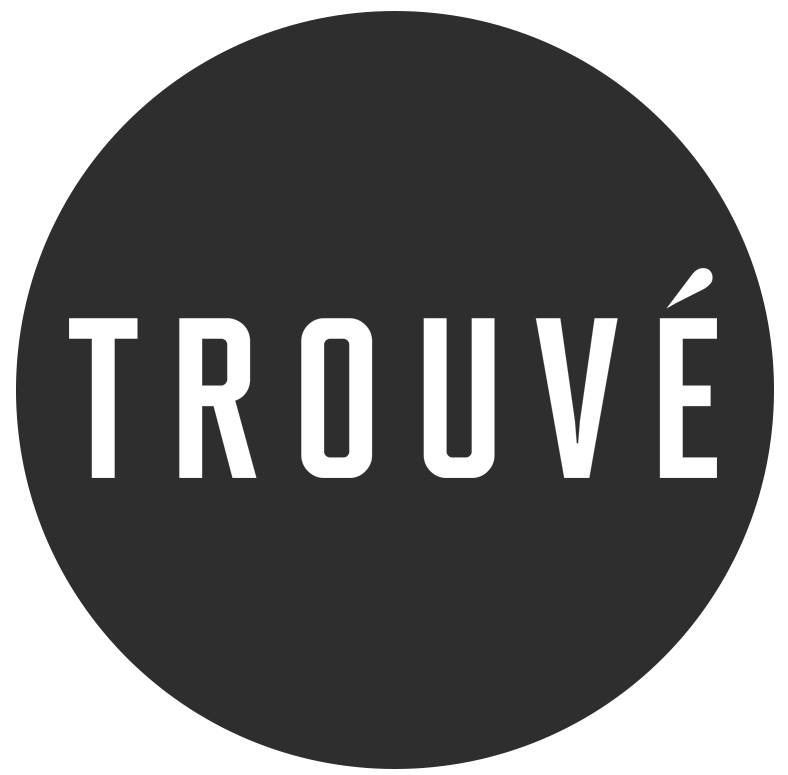

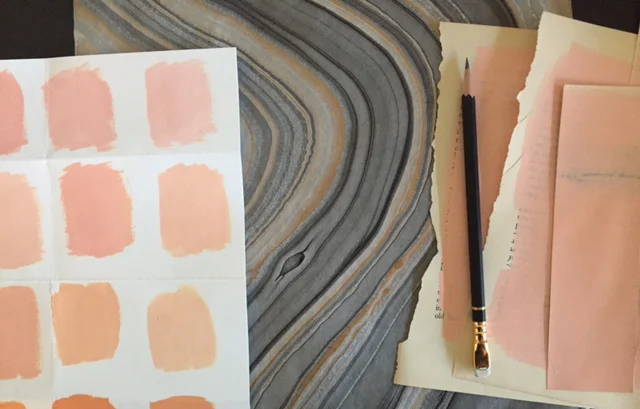
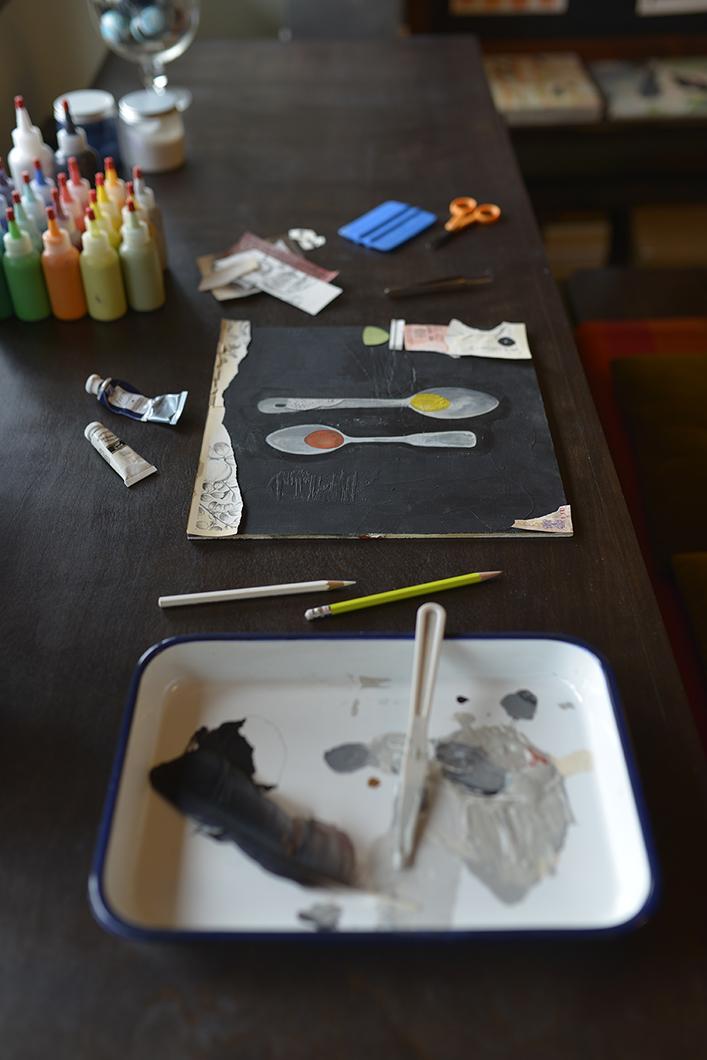
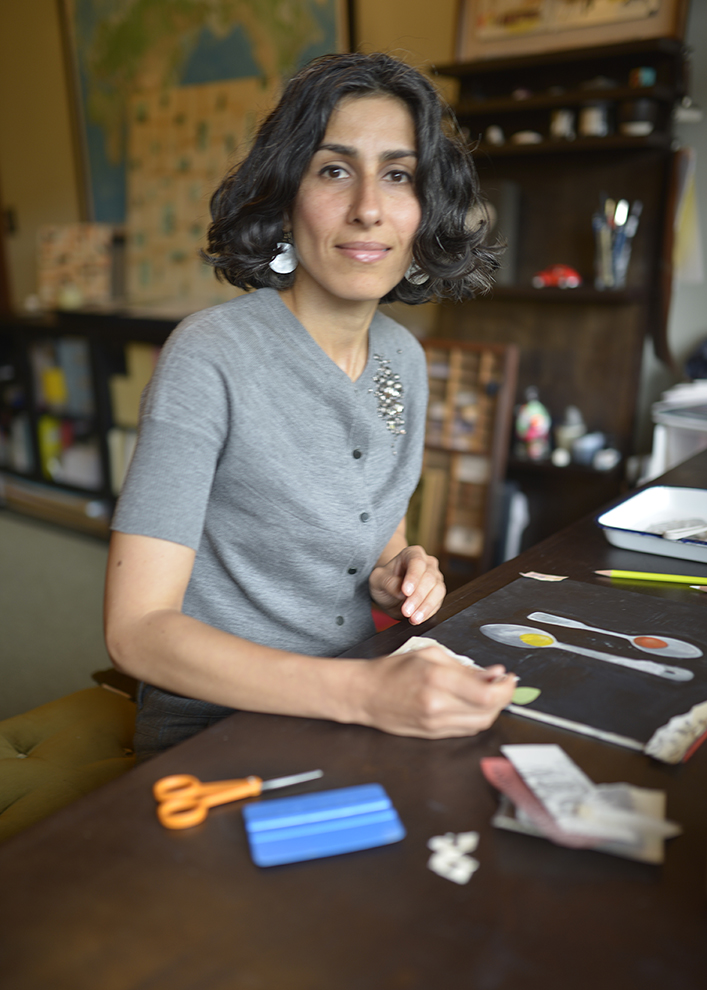
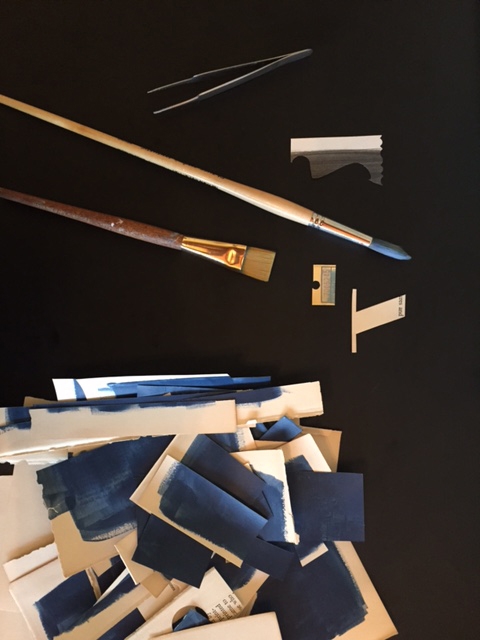





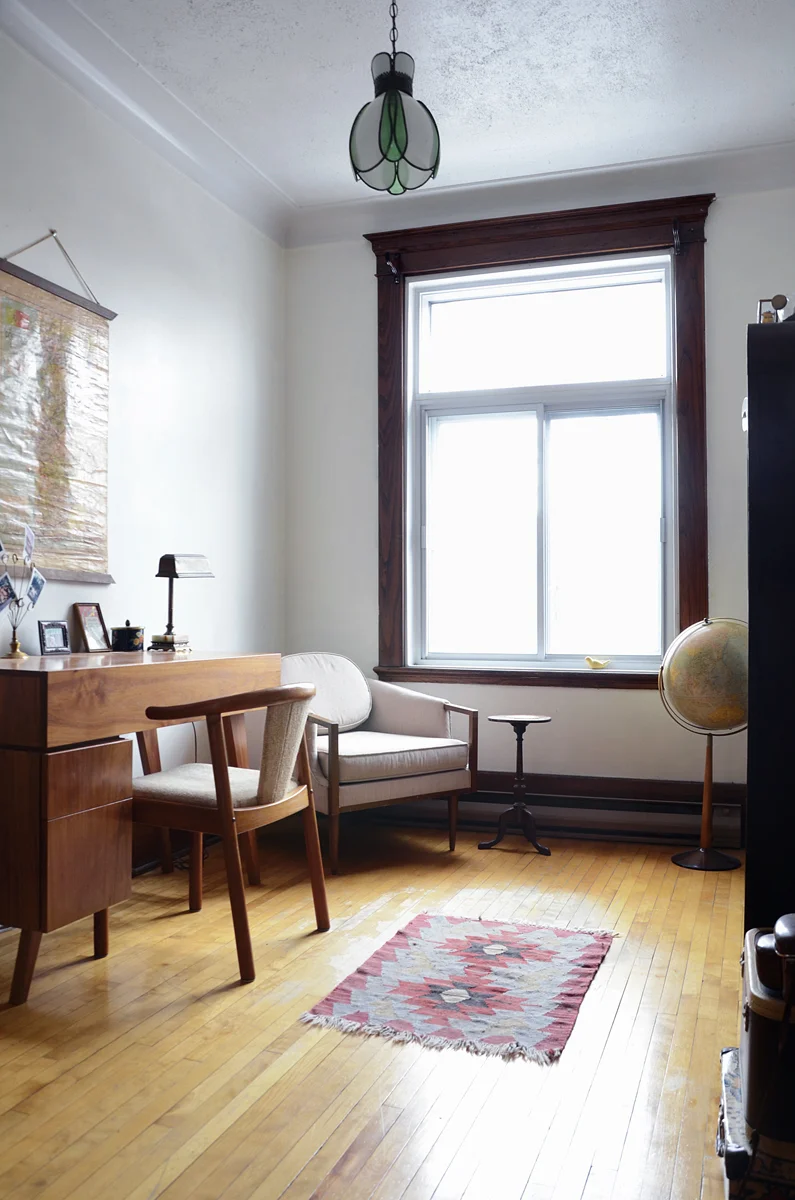

Failure does not always mean that everything went wrong.